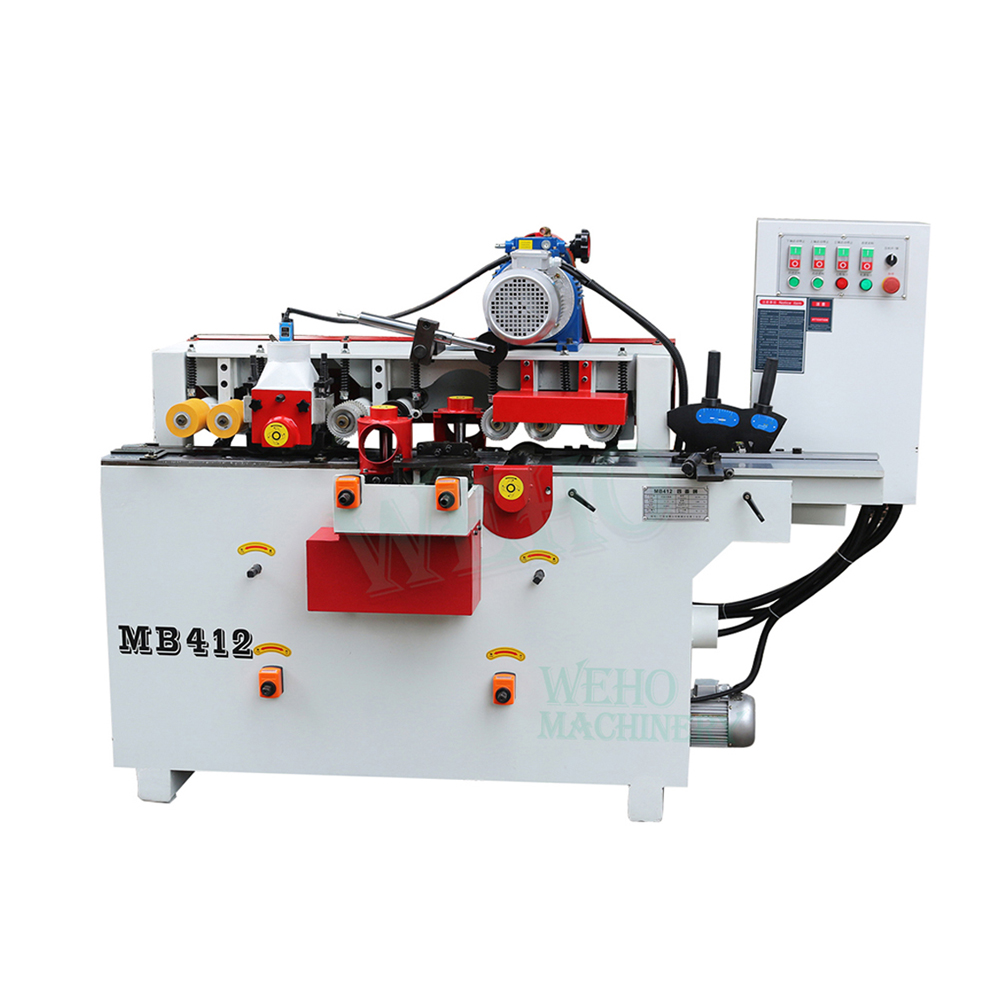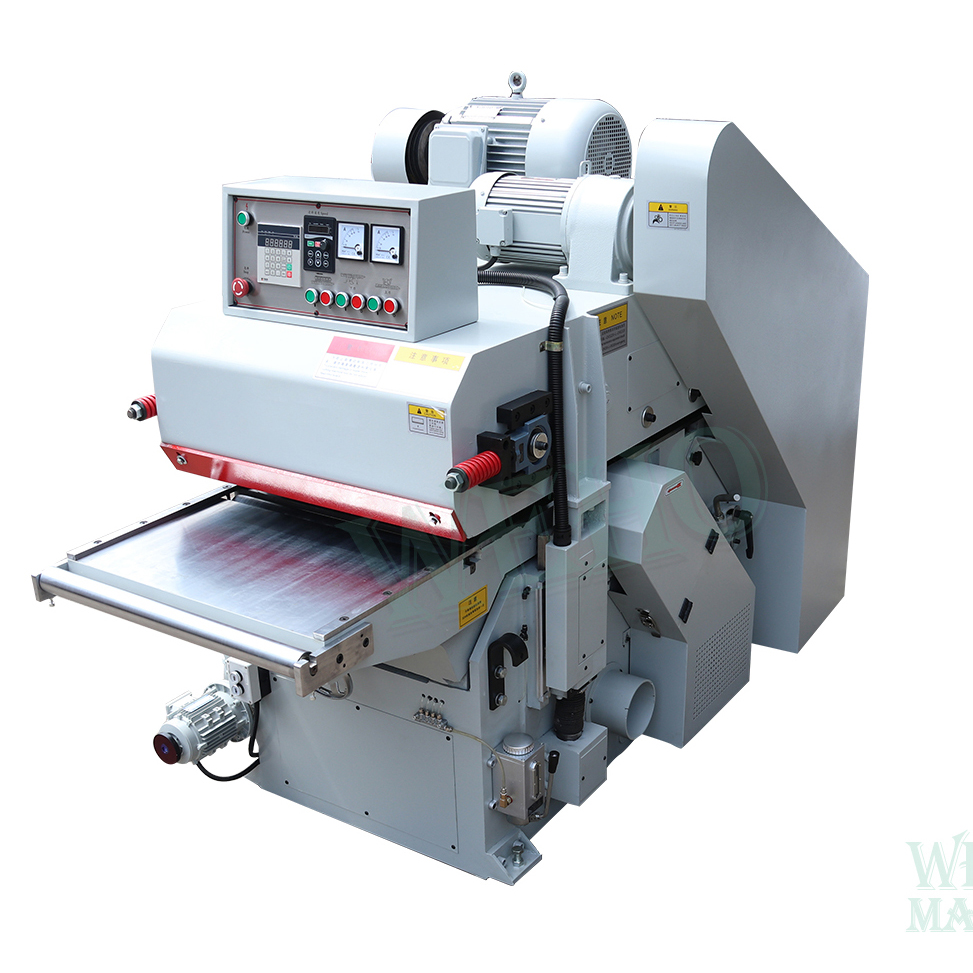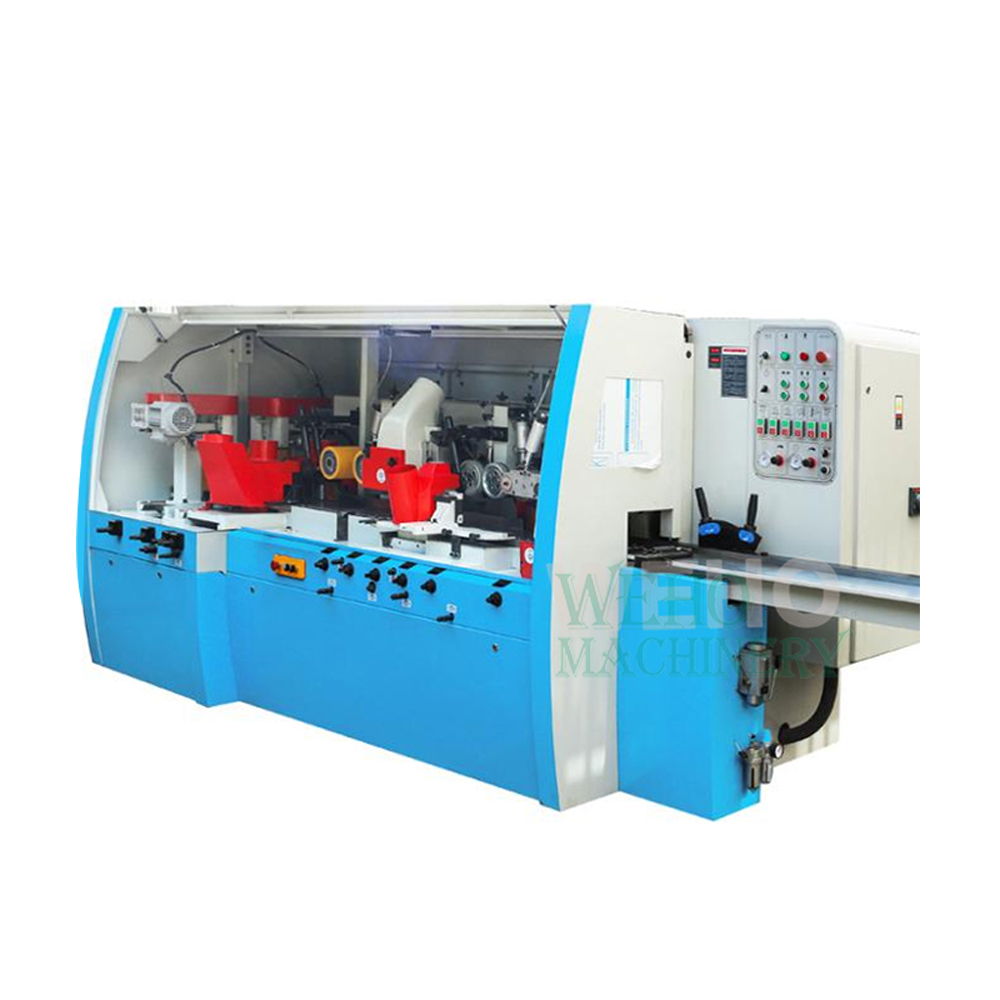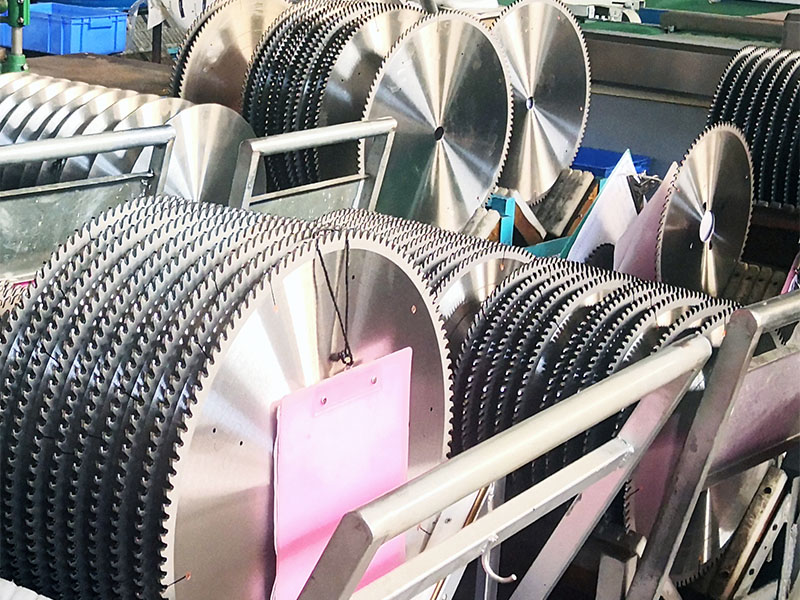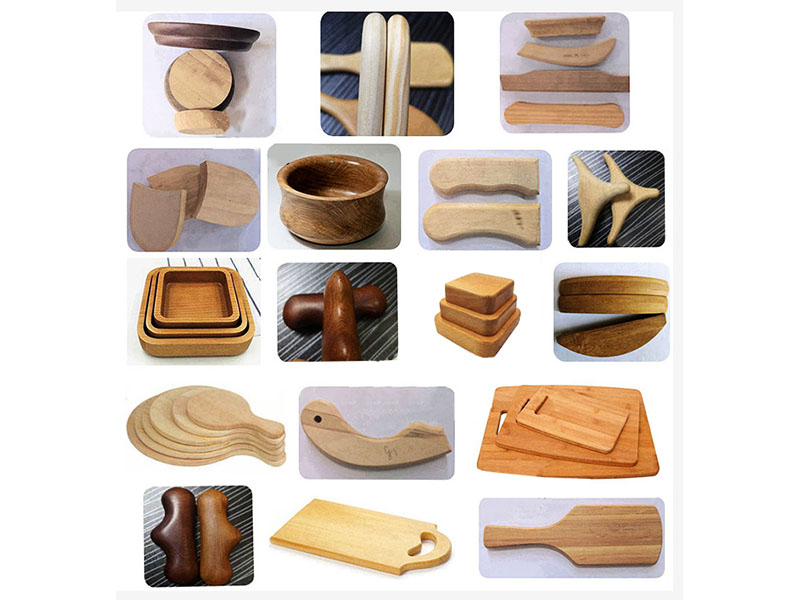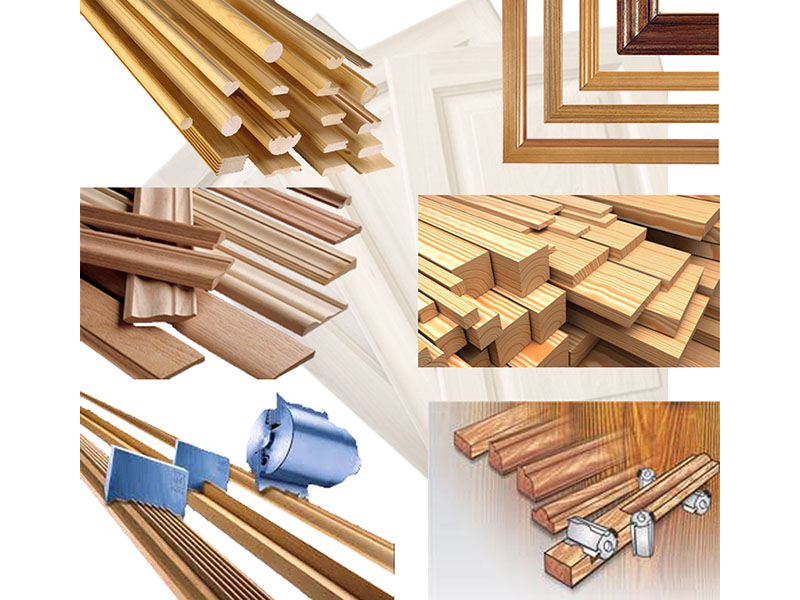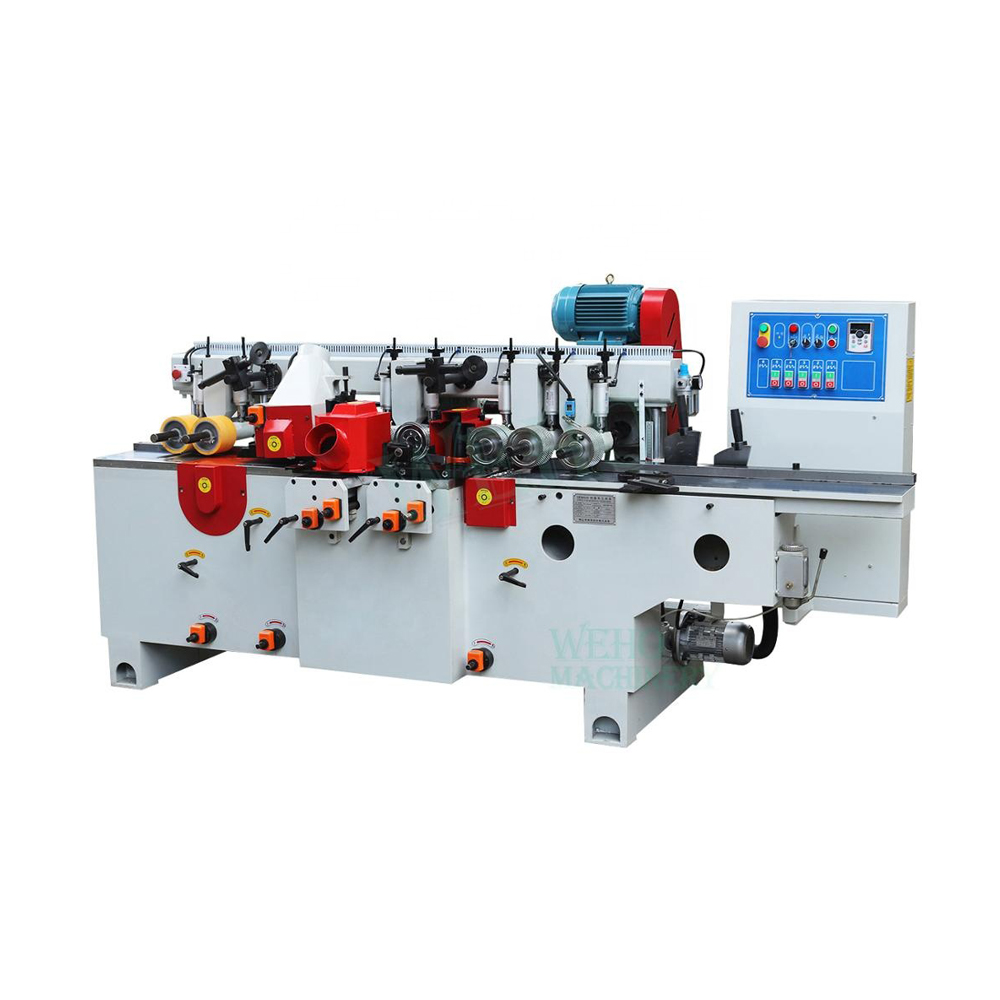
How to Choose the Wood Planer for Your Furniture Production Line
Every successful furniture manufacturer understands that consistency in material preparation is the foundation of product quality. Before assembling a cabinet, sanding a tabletop, or laminating a panel, the lumber must be precisely flattened and thicknessed. This is where a wood planer machine plays a critical role.
For furniture factories looking to scale production, reduce waste, and improve dimensional accuracy, investing in the right industrial wood planer is a game-changer. However, with a wide range of planer types and technical configurations on the market, choosing the right model can feel overwhelming.
This guide will walk you through all essential considerations—from planer types and technical specifications to performance indicators and supplier selection. By the end, you'll be well-equipped to make a smart investment that aligns with your production needs.
What Does a Wood Planer Do?
A wood planer is a machine designed to trim boards to a consistent thickness along their length and flatten their surfaces. It is indispensable in furniture production for several reasons:
- Ensures uniform panel thickness
- Provides a smooth surface for finishing and gluing
- Helps create perfect joints for furniture assembly
- Reduces reliance on sanding and hand tools
- Enhances the visual appeal and structural strength of the final product
Without proper planing, materials may warp or result in gaps and instability in furniture assemblies.
Types of Industrial Wood Planers
Depending on your output volume, processing speed, and wood types, you'll need to evaluate different planer models. Below are the common types found in professional furniture workshops and production lines.
1. Single-Side Thickness Planer
- The most basic type of planer
- Shaves wood from one surface at a time
- Ideal for smaller production environments or operations focusing on dimensional consistency over speed
- Can be semi-automatic or manually fed
2. Double-Side Planer
- Planes both the top and bottom surfaces in a single pass
- Perfect for high-volume production lines
- Ensures parallel and symmetrical thickness, reducing the need for multiple machines
- Often equipped with hydraulic feeding and digital control systems
3. Automatic Wood Planer
- Includes automation for feed rate, thickness setting, and blade adjustments
- Reduces operator workload and human error
- Compatible with conveyor systems, making it ideal for smart production lines
- Helps furniture factories scale faster while maintaining consistent quality
4. Surface Planer (Jointer Planer)
- Used to create a flat surface along one edge or face
- Often used before thickness planing for raw lumber
- Ensures reference surfaces for further processing
- Some modern machines combine jointer and thickness planer functions
Key Factors to Consider Before Buying a Wood Planer
Choosing a wood planer for your furniture production line isn't a one-size-fits-all decision. Here are the major criteria to help you narrow down the right model.
1. Production Capacity
Estimate your daily or weekly output. For large-scale manufacturers producing hundreds or thousands of board feet per day, investing in a high-speed double-side or automatic wood planer will significantly improve productivity.
2. Material Type and Hardness
Softwoods like pine are easy to process, but hardwoods such as oak, teak, and walnut require more robust motors and blades. Your planer must match the density and moisture content of the wood you typically use.
3. Dimensional Range
Planers come with different maximum width and thickness capacities. Make sure the machine can handle your largest raw materials without difficulty. Typical working widths range from 400mm to 1000mm, while thickness ranges from 3mm to 200mm.
4. Surface Finish Quality
If you're producing visible surfaces (e.g., tabletops, cabinet doors), the finish quality is crucial. Look for:
- Spiral cutter heads for smoother results
- High RPM cutting motors
- Variable feed speeds for better control
5. Automation Features
Modern furniture factories rely heavily on digital automation. Features like touchscreen controls, digital thickness settings, and automated blade positioning not only save time but reduce the chances of human error.
6. Power Requirements and Safety
Ensure the machine meets your factory's electrical configuration. Safety mechanisms such as emergency stop buttons, chip guards, and dust extraction ports are also vital to ensure worker safety and a clean work environment.
Common Mistakes to Avoid
Even seasoned manufacturers sometimes make costly missteps when choosing a wood planer. Avoid the following:
- Underestimating capacity: Buying a machine too small can lead to delays and overwork.
- Focusing only on price: A cheap machine may have poor durability or lack precision.
- Ignoring after-sales support: Machines require maintenance—opt for a supplier who provides parts, training, and servicing.
- Skipping blade quality checks: High-quality cutter heads last longer and deliver better finishes.
Why WEHO Is the Trusted Choice
Choosing the right machine is only half the battle. Selecting a trusted supplier ensures long-term productivity, technical support, and operational peace of mind. That's why furniture manufacturers across the globe trust WEHO.
As a professional manufacturer of industrial woodworking machines, WEHO offers a complete line of wood planers tailored for B2B clients in the furniture industry. Whether you need a basic single-side planer or a fully automated high-speed double planer, WEHO has a solution for you.
WEHO Planer Highlights:
- Customizable working widths and cutter types
- Advanced feed control systems
- Compatible with existing CNC and automated lines
- Heavy-duty frame structure for stable, vibration-free operation
- Integrated dust extraction ports for cleaner workspaces
WEHO's machines are used in furniture factories across Europe, Asia, and North America, earning a reputation for reliability, precision, and performance.
Conclusion
A wood planer is more than just a piece of equipment—it's a strategic investment in your furniture production process. With the right planer, you can improve material yield, reduce rework, enhance finish quality, and meet deadlines more efficiently.
When evaluating planers, prioritize your actual production needs, consider the long-term benefits of automation, and choose a supplier who understands the furniture industry. WEHO is proud to support manufacturers with premium-quality machines, customized solutions, and reliable service.


